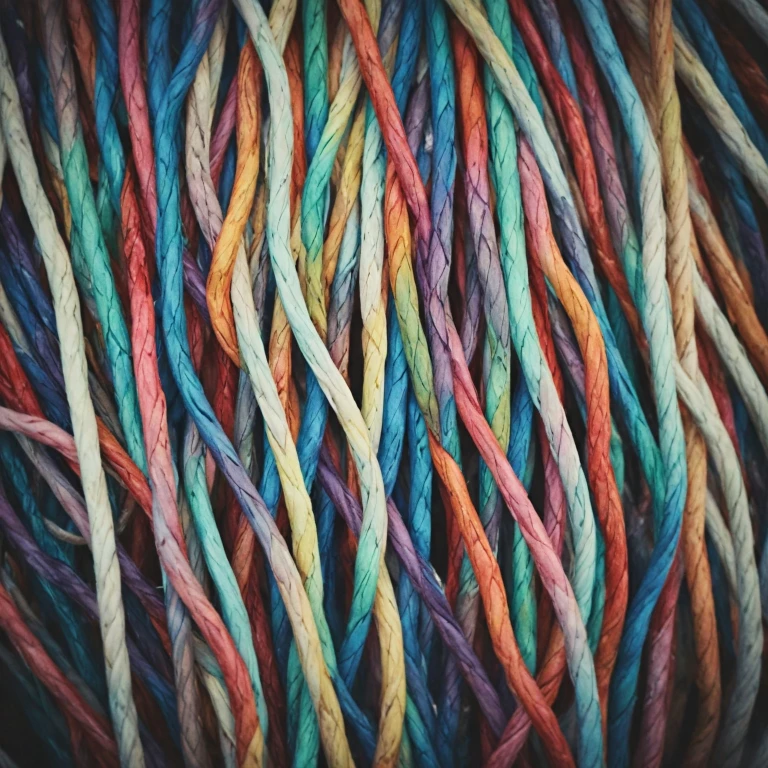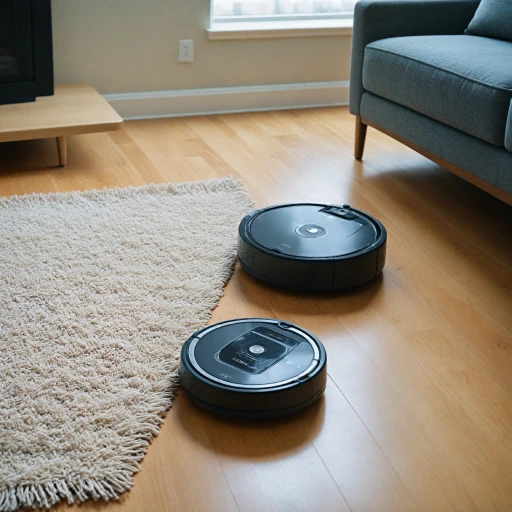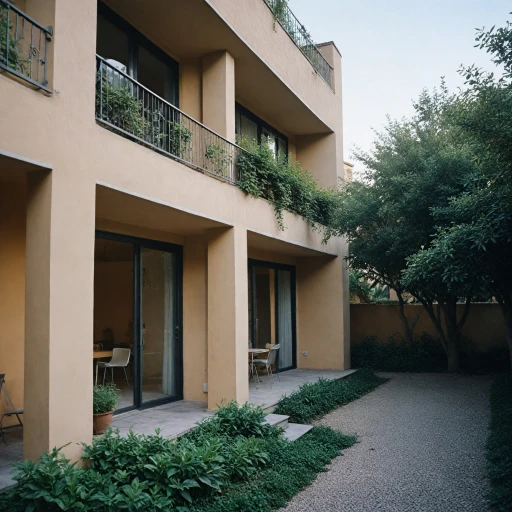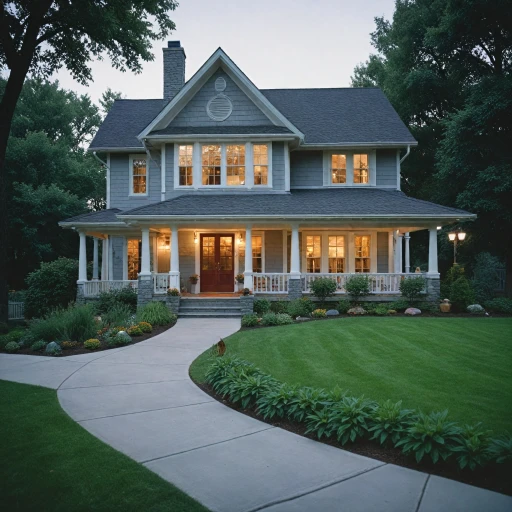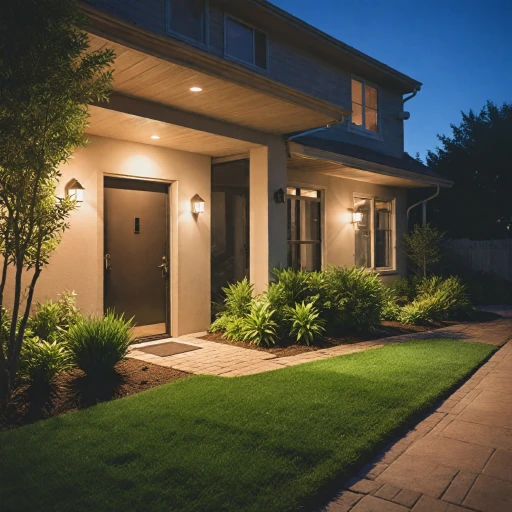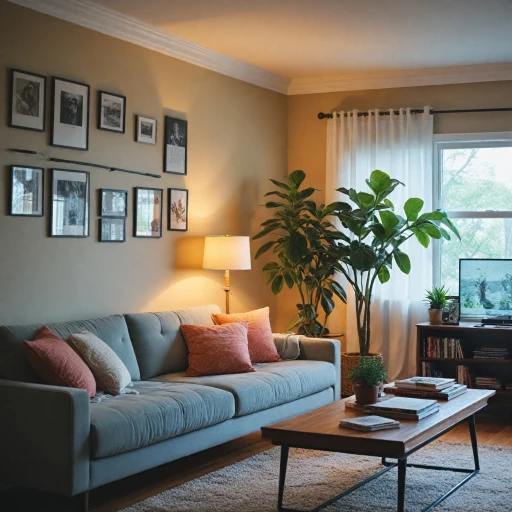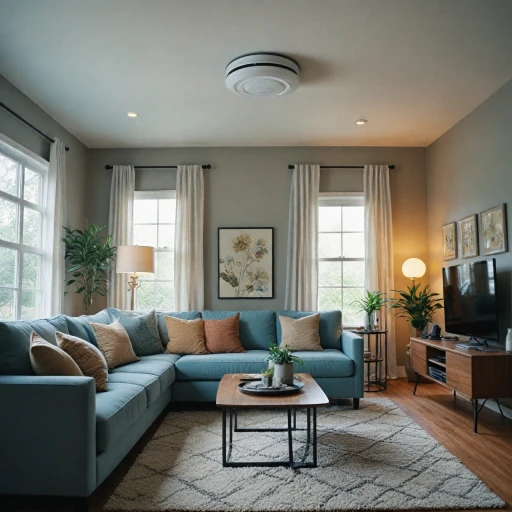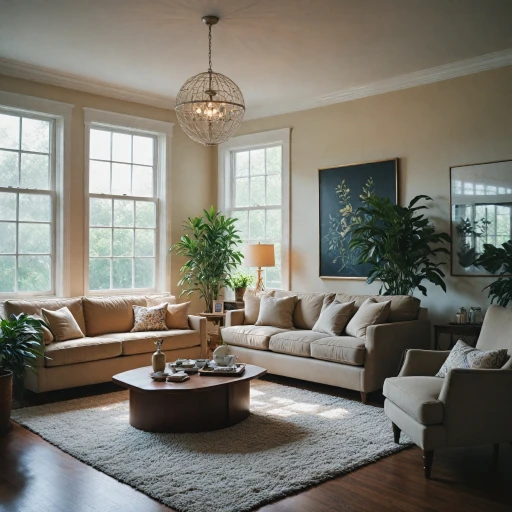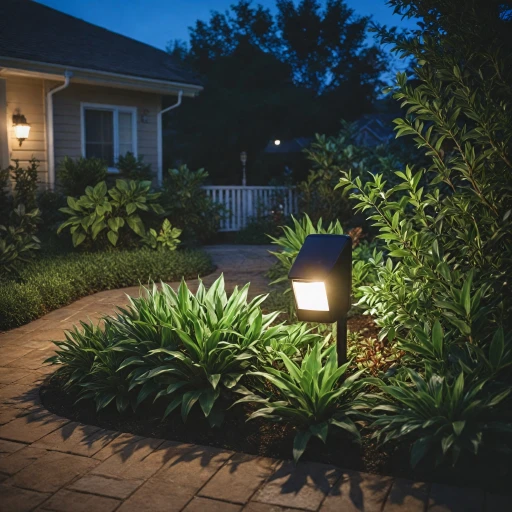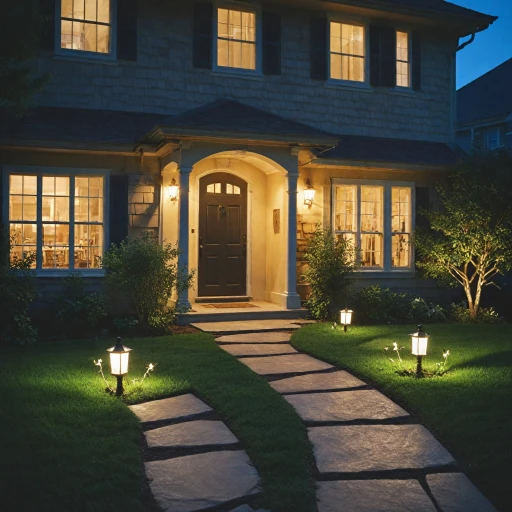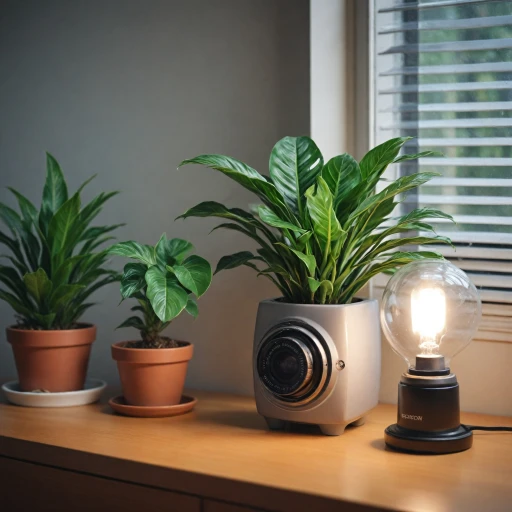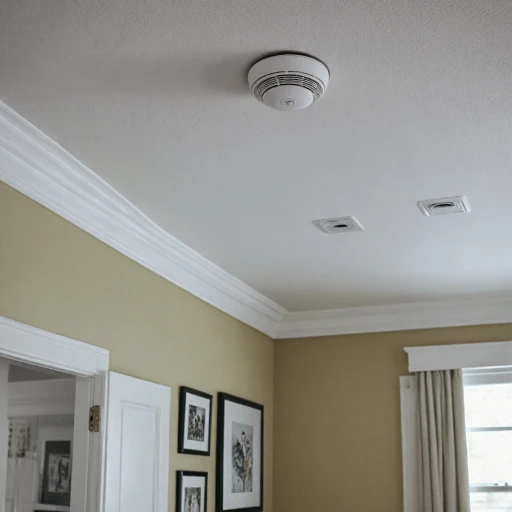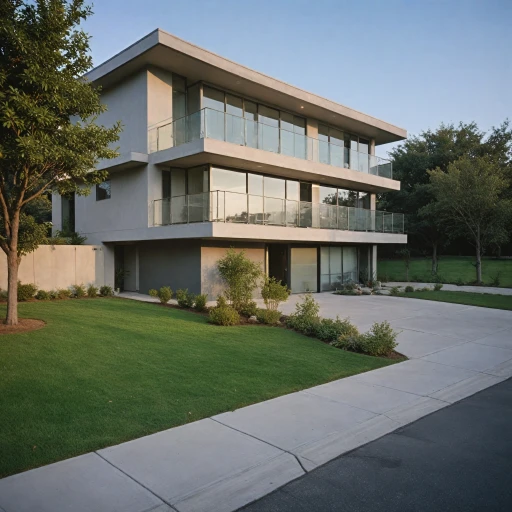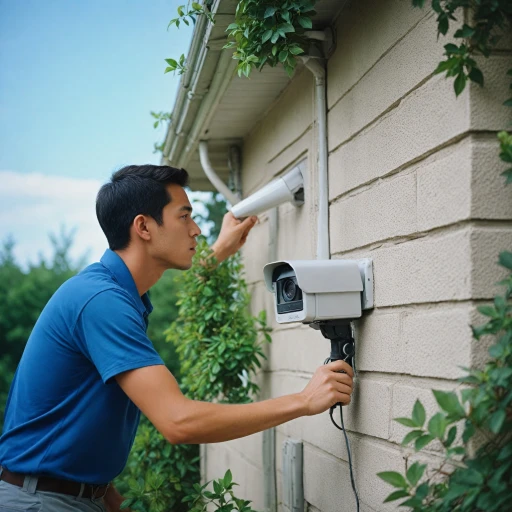
The Role of Security Camera Cords in Home Security
The Integral Component of Security Systems
Security camera cords play a pivotal role in any security system, acting as the essential lifelines that facilitate communication between security cameras and the base units. Whether it's transmitting video data or supplying power, these connectors ensure optimal performance and reliability.
Proper installation and maintenance of camera cables are necessary for the longevity and effectiveness of the entire setup. With varied types such as cat cables, bnc connectors, and siamese cables, each serving distinct purposes, understanding how to select and manage the right one is crucial.
A well-chosen cable should seamlessly integrate with your existing cctv system. It's essential to consider the distance, so you may need options like the right length to minimize signal loss.
Beyond transmitting signals, these cables also dictate the placement possibilities of security cameras, offering flexibility to cover all critical areas of your property. As with any technical component, keeping a close eye on wear and tear, as well as addressing troubleshooting issues promptly, is vital to maintaining a robust security posture.
Types of Security Camera Cords
Exploring the Various Types of Camera Cables
The type of cable you choose is crucial to the efficiency and reliability of your security camera system. Each type of cable has its unique features and benefits that cater to different security needs. Here’s a simplified breakdown of the most common types of security camera cords available in the market.
- Coaxial Cables: Offering robust video quality over long distances, coaxial cables are a popular choice for CCTV and analog security systems. They usually require BNC connectors to integrate seamlessly with your camera setup.
- Siamese Cables: These cables combine video and power in one, simplifying the installation process. The siamese video and power cable layout makes them a preferred option for those seeking organized cabling.
- CAT Cables: Primarily used for IP cameras, CAT cables (such as CAT5e and CAT6) support higher bandwidth and power delivery via Power over Ethernet (PoE). This reduces the number of cables needed by combining video, audio, and power transmission.
- Network Cables: Similar to CAT cables, network cables serve digital systems, enabling high-speed data transfer alongside power. Consider a PoE splitter to enhance versatility in power allocation.
When choosing the right cable, it’s essential to assess your security requirements to make informed decisions.
Choosing the Right Security Camera Cord
Making the Right Choice for Enhanced Home Security
Selecting the ideal security camera cord is crucial in ensuring optimal performance of your security camera system. With various options available, it can be overwhelming. Here's how you can make an informed decision.
- Type and Compatibility: First, identify the type of camera cables suited for your system. Common options include coaxial cable, siamese cable, BNC connectors, and CAT cables. Ensure compatibility with your system to prevent any connectivity issues.
- Distance and Flexibility: Consider the length required for your setup. Longer cables may demand signal boosters or more robust types, such as a powered cable. If the setup requires flexibility, consider cables that provide video power combined with signal transmission.
- Durability and Weather Resistance: For outdoor systems, selecting cables with weather-resistant qualities is essential. Options like black cables that can withstand harsh conditions will contribute to the longevity and reliability of your security system.
- Price and Budget: Price varies based on cable type and quality. Make a list, add compare options, and consider the value of investing in high-quality cables for prolonged usage and minimal troubleshooting issues.
- Installation and Maintenance: Opt for cables and connectors that are easy to install and maintain. This will save you time and reduce potential errors when setting up or later maintaining your security cameras.
Finally, remember that a well-selected security camera cord not only enhances the overall security of your home but also significantly prolongs the life of your security system. Making an informed choice ensures you reap the benefits of an efficient, reliable setup.
Installation Tips for Security Camera Cords
Installation of Security Camera Cords: Best Practices to Follow
Setting up your security system effectively requires careful consideration of cable installation. Whether you're using cctv systems with siamese cables or modern network cables, ensuring a smooth installation is vital for optimal performance. Here’s a guide to help you with the process:
- Choose the Right Path: When installing camera cables, make sure to map out a path that minimizes exposure while maintaining efficiency. Consider the distance between each of your security cameras and the recording equipment.
- Secure with Clips or Ties: To keep the cables organized and to prevent any damage, secure them using cable clips or ties. This not only protects the camera cable but also helps maintain the aesthetic of your space.
- Avoid High-Interference Areas: Position your cables away from potential sources of interference, such as electrical lines or devices that could disrupt the video power signal.
- Use Suitable Connectors: Ensure that you are using the correct cables connectors. BNC connectors are widely recommended for video signals, providing better connection stability.
- Weatherproofing Outdoors: For security cameras installed outdoors, use weatherproof connectors and covers to protect cables from the elements. Consider black or white models to match your exterior decor.
- Test the Cables: Before finalizing the installation, test all connections to ensure there are no issues with signal integrity. This is crucial to troubleshoot any video or power disruptions later.
Proper installation can greatly enhance the longevity and effectiveness of your security system. Once installed, regular maintenance is advisable to keep the cables in optimal condition. In the event of any troubleshooting issues, earlier planning and execution can simplify the resolution process.
Maintaining Security Camera Cords for Longevity
Extending the Lifespan of Your Camera Cords
Maintaining security camera cords is essential to ensure longevity and optimal performance of your home security system. Regular checks and preventive measures can keep your cables and connections in top condition. Let's explore some practical tips to maintain your cords and avoid unnecessary drawbacks.
- Regular Check-ups: Periodically inspect your camera cables, including power and video lines such as coaxial or BNC connectors, for any signs of wear or damage. This includes looking for signs of corrosion, fraying, or bending that may impact performance.
- Proper Protection: Consider using cable management solutions, like cable sleeves or enclosures, to protect cords from the elements, such as water, sun, and physical damage. For instance, using siamese cables for your CCTV setup allows you to combine power and video in one, reducing clutter and potential damage.
- Secure Connections: Ensure that all connectors, whether it's a power cable, BNC connector, or network cable, are securely attached. Loose connections can lead to video quality issues or intermittent security system downtime.
- Avoid Over-Bending: While installing or rearranging your setup, avoid bending cables at sharp angles to maintain their integrity. Instead, use gentle curves to prolong the life span of your cables connectors.
- Monitor Signal Quality: Periodically test the quality of video streams to catch potential signal weaknesses early. Consistent signal drops may indicate underlying issues with the cat cable, coaxial cable, or other connectors.
- Labeling and Organization: Keeping a list add of your cable's pathways and connections can be a massive help when troubleshooting or rearranging your security system. Color-coded tags or labels can prevent mistakes and speed up maintenance work.
- Routine Cleaning: Dust and debris can accumulate on exposed parts like connectors or the cable white insulation. Ensure cameras, cables, and connections remain clean to avoid interference in your security cameras' performance.
Maintaining your security camera cords is an ongoing task that demands attention, but the effort is worth it. With proper care, you can maximize the durability and functionality of your security system, ensuring continuous protection for your home.
Troubleshooting Common Issues with Security Camera Cords
Tackling the Common Hiccups with Security Camera Cords
When maintaining your security system, it's vital to recognize and troubleshoot typical issues involving security camera cords to ensure continuous protection for your home. Here are some of the prevalent challenges and solutions:
- Connection Loss: One of the frequent problems is the disruption of video feeds. This often results from loose cable connectors, such as BNC connectors or network cable connections. Ensure that all connectors are securely fastened, and inspect for any damage on the cables themselves.
- Signal Interference: If you're experiencing static or poor video quality, interference might be the culprit. Compare the placement of your camera cables with electronic devices or metal objects that could disrupt signals. It might help to use quality coaxial cable or Cat cables to minimize these disturbances.
- Power Issues: Security cameras may go offline due to insufficient power supply. Verify the stability and connection of the power cables, and consider using siamese cables, which transmit both video and power, to ensure a consistent energy flow to your cameras.
- Physical Wear and Tear: Over time, camera cables might wear out, especially if exposed to harsh conditions. Regularly check for signs of damage such as cracks or tears in the cable casing. Replacing worn-out cables promptly can prevent further degradation.
- Weather Resistance: For outdoor security cameras, it's necessary to use cables designed for the elements. If existing cables suffer damage due to extreme weather, consider upgrading to more durable options, like black or white siamese cables, to withstand environmental challenges.
- Code Misconfiguration: Sometimes the issues may not stem directly from cables but rather from incorrect system settings. Review your security system setup to confirm all connections are listed correctly in the interface, and ensure any new camera cables added to the setup are properly configured.
- Installation Errors: Improper installation can lead to cable problems. Refer back to installation tips to make sure cables are appropriately routed and secured.
By addressing these common complications, you can maintain the integrity and longevity of your security setup.

